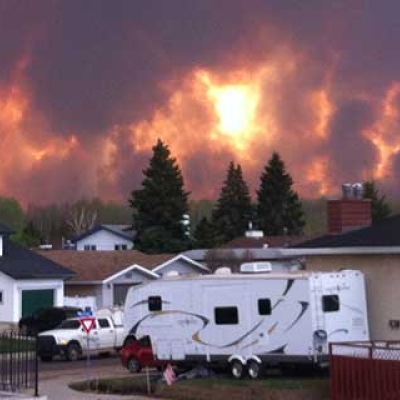By Dominick A. DellaSala / On December 13th, 2013
For over two decades, I have studied forests from Oregon's amazing coastal rainforests to the fire-adapted forests of the West. In dry forests, there are three issues that reoccur every fire season: (1) forests will burn regardless of what we do; (2) politicians will propose unchecked post-fire "salvage" logging, even in national parks, as a quick fix; and (3) scientists will continue to document the incredible regeneration that takes place after fires and how post-fire logging disrupts forest renewal.










